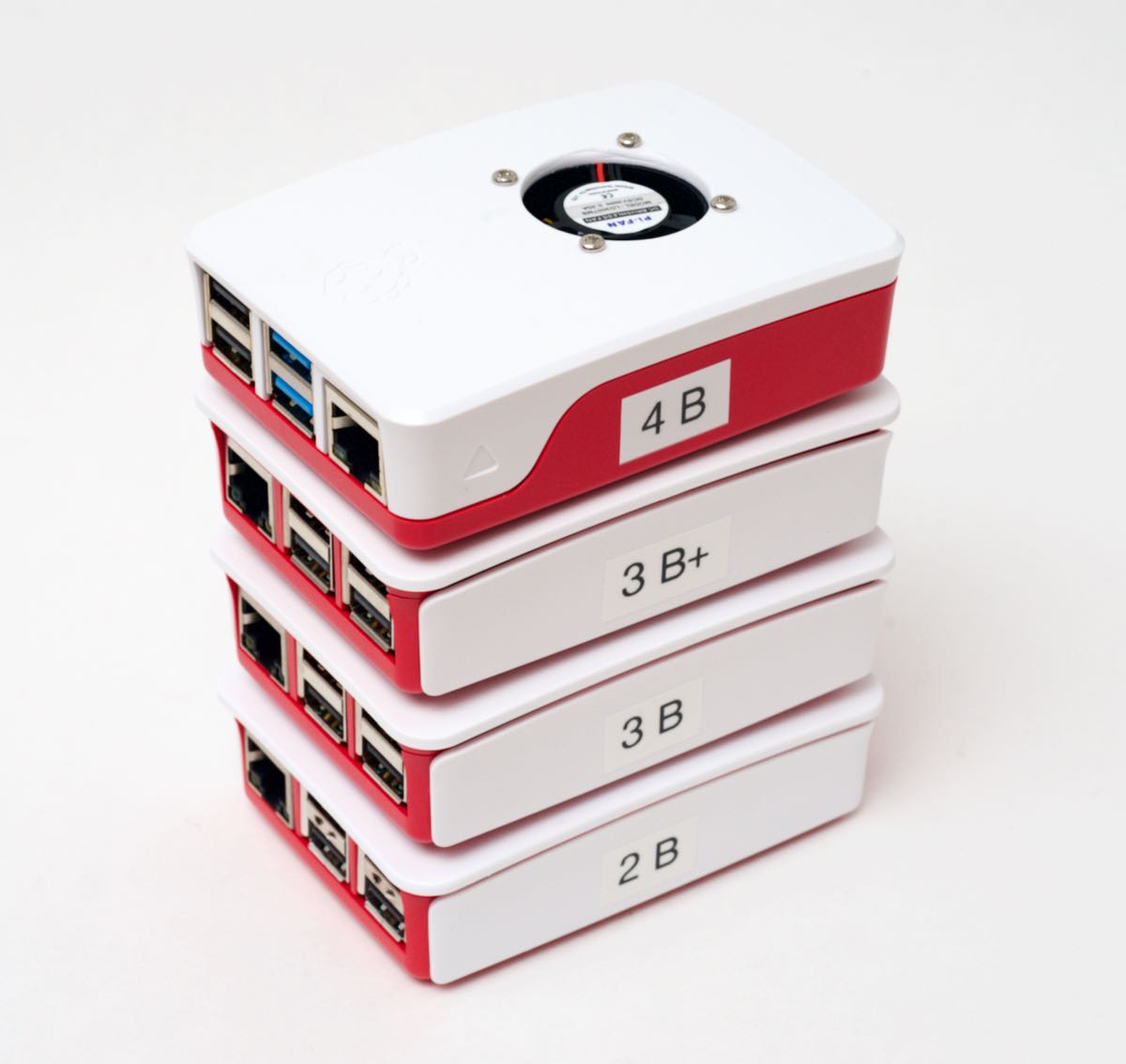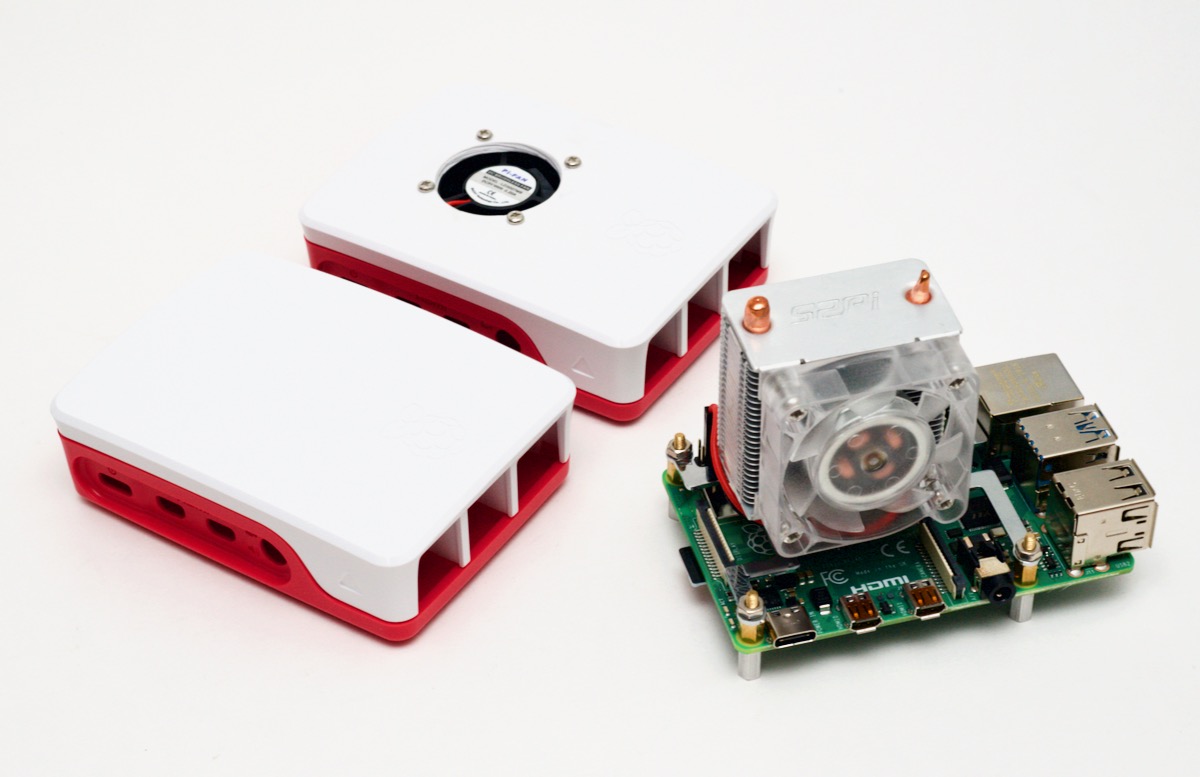The best way to keep your cool running a Raspberry Pi 4
From home temperature monitoring to a Kubernetes cluster hosting a live Drupal website, I have a lot of experience running Raspberry Pis. I've used every model through the years, and am currently using a mix of A+, 2 model B, and 4 model B Pis.

The 3 model B+ was the first generation that had me concerned more about cooling (the CPU gets hot!), and the Pi 4's slightly increased performance made that problem even more apparent, as most of my heavier projects resulted in CPU throttling. I've written about how the Raspberry Pi 4 needs a fan, and more recently how it might not.
